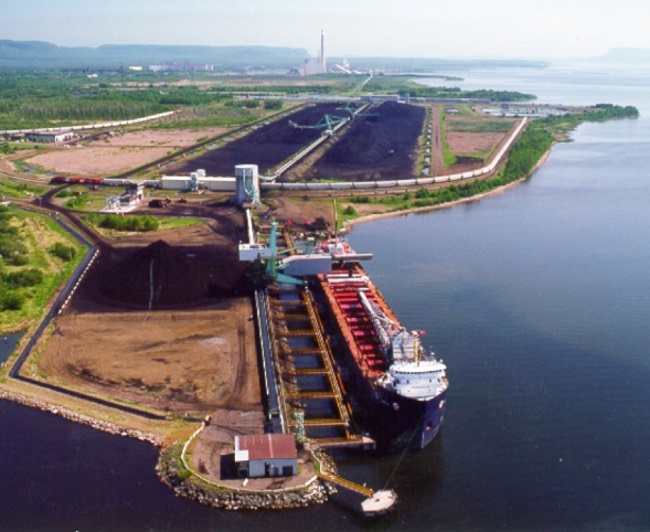It is a joint newbuilding programme involving SAL Heavy Lift and partner Jumbo Shipping for vessels dubbed Orca Class.
The first two ships, delivery mid-2024, will be exclusively involved in the transportation of offshore wind turbine components in a long-term commitment with Siemens Gamesa Renewable Energy. Two additional sister vessels will enter the premium heavy lift shipping market to serve the clients of the Jumbo-SAL-Alliance in the first half of 2025.
“The Orca vessels are setting new standards in global heavy lift shipping. They represent the new benchmark both in terms of their technical capabilities and modern climate-friendly propulsion systems,” said Dr. Martin Harren, Owner and CEO of SAL Heavy Lift and the Harren Group.
“The ships will be the most efficient vessels in their class with consumption and emission figures far superior to any existing heavy lift vessel today. As a signatory to the ‘Call to Action for Shipping Decarbonisation’, our group has committed to the decarbonisation of shipping activities by 2050.”
The vessels were developed in close cooperation with SAL’s joint venture partner, Jumbo Shipping and will be equipped with dual-fuel engines and can use methanol as an alternative fuel.
The vessels measure 149.9 m x 27.2 m and provide a capacity of 14,600 dwt with a box-shaped single cargo hold with the largest dimensions in its class. Ice class notation 1A, a Polar Code certification and the reduced design temperature of the hull and equipment allow the ships to safely operate in cold conditions as well.
Two 800 tonne Liebherr cranes specifically designed for this ship type can handle cargo items weighting up to 1,600 tonne in tandem. In addition to the optimised hull design, the Orca vessels will have an innovative propulsion system consisting of compact and efficient main engines and a diesel-electric booster function.
At a service speed of 15 km, the vessels will consume significantly less than 20 tonnes of fuel oil per day – like far smaller-sized and geared MPP vessels.








